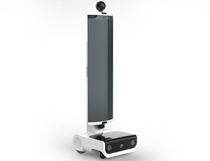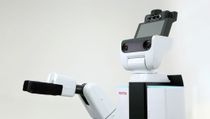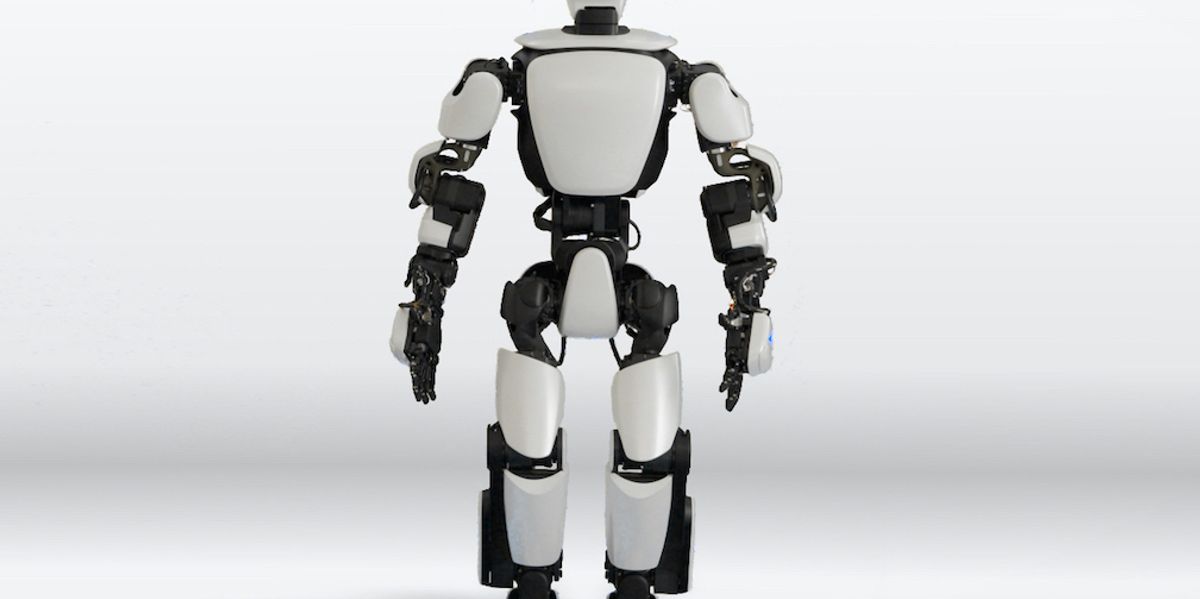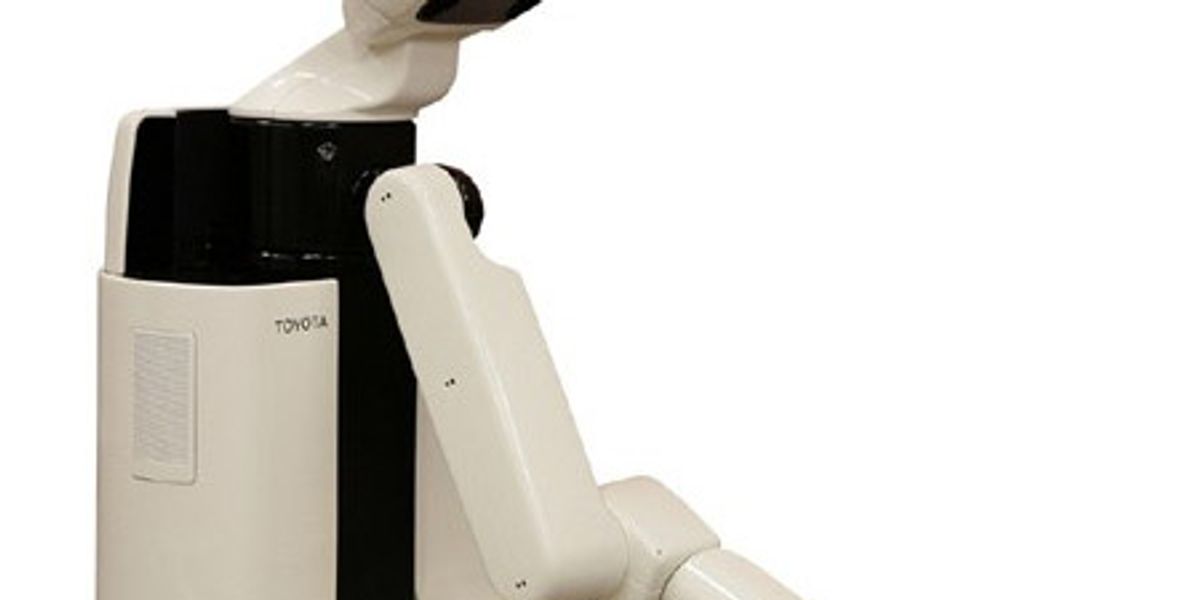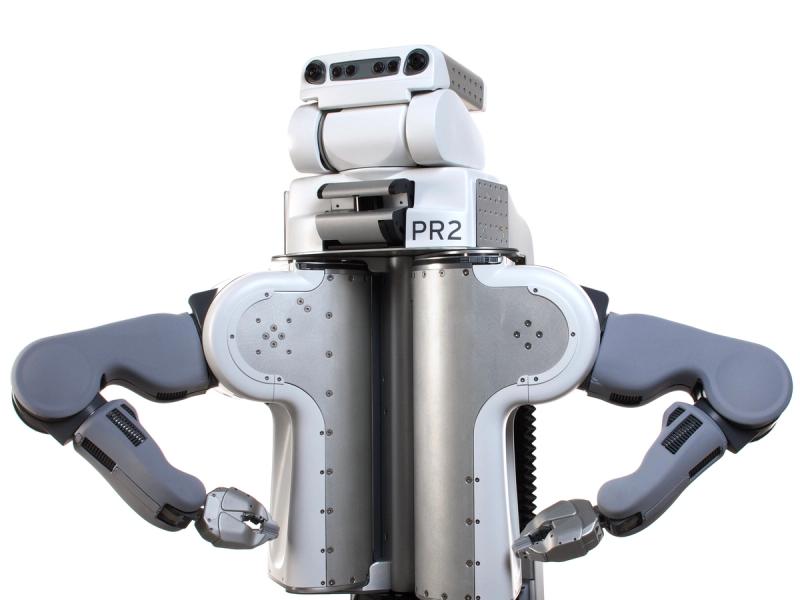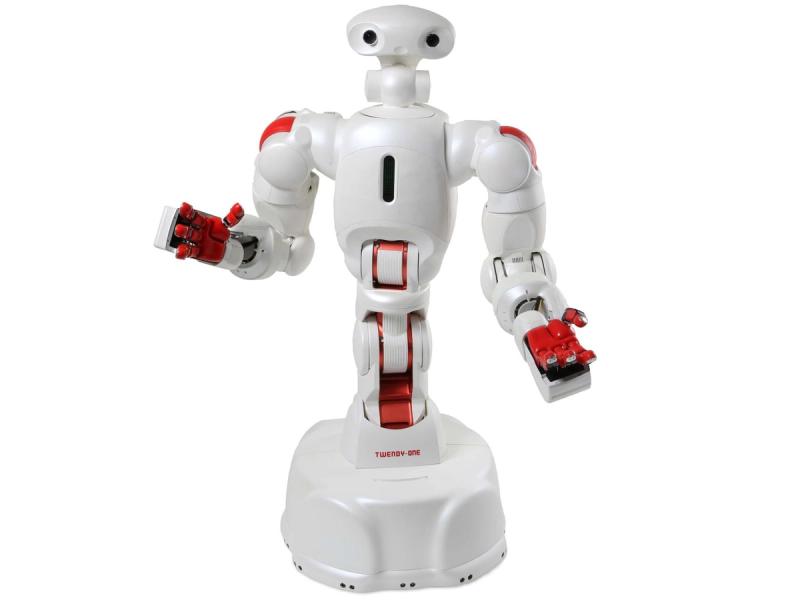Human Support Robot
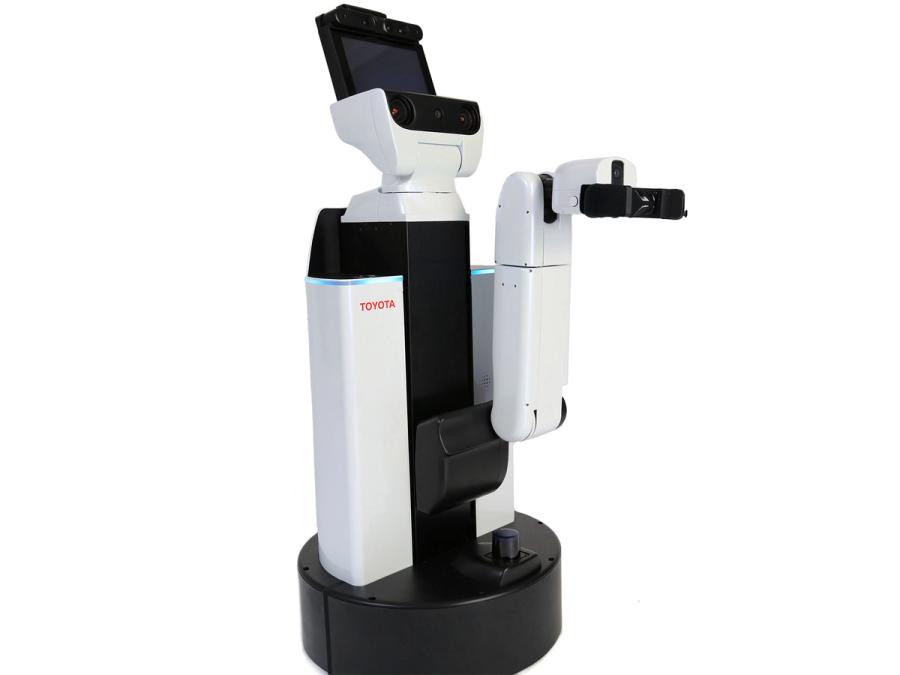
The Human Support Robot (HSR) is a compact mobile manipulator for the disabled and elderly. HSR can move around the house, keep watch over family members, and fetch objects. Its creators hope to make HSR beneficial to all people in the near future.
- Creator
- Year
- 2012
- Country
- Japan 🇯🇵
- Categories
- Features
More videos
Did you know?
HSR is one of the standard platforms used by teams in RoboCup@Home league and World Robot Summit.
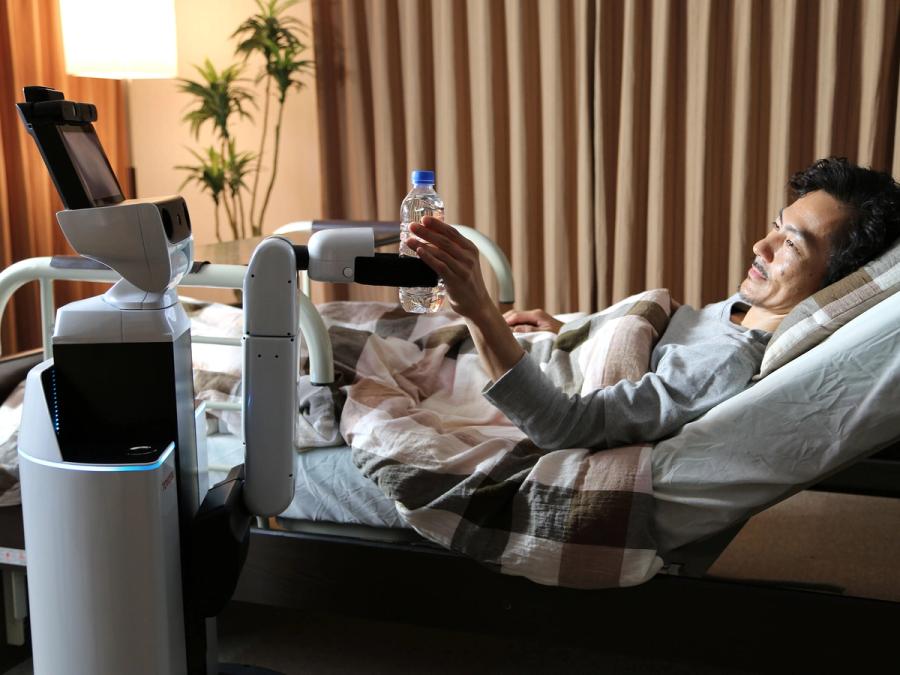
History
Toyota introduced its Human Support Robot (HSR), which is part of its Partner family of robots, in 2012. According to the company, HSR is "Toyota's answer to the ever-increasing demand for long-term elderly care in societies like Japan." The robot features a highly maneuverable, compact, and lightweight cylindrical body. With its folding arm, HSR can retrieve objects from shelves, pick objects up off the floor, and perform a variety of other tasks. The robot is used for research in multiple Toyota facilities as well as university research labs in Japan and the United States. Toyota has announced that HSR and other robots will help visitors during the 2020 Olympic and Paralympic Games in Tokyo.
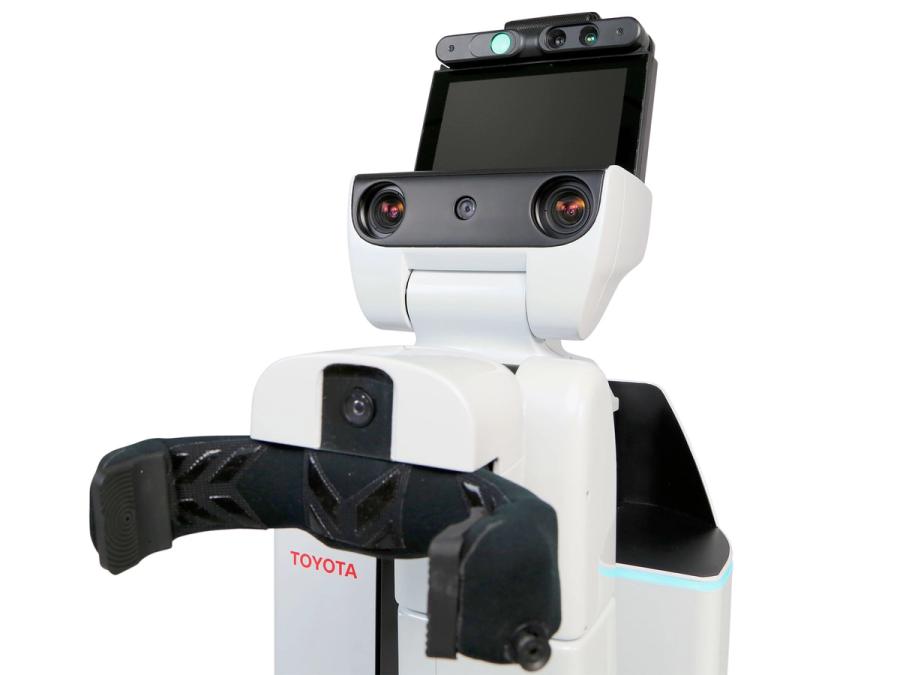
Specs
- Overview
Compliant control of arm joints. Compact body and smooth omni-directional movement. Integrated control of multi-DoF arm and omni-directional base. Large workspace, with arm able to fetch boxes from a high shelf as well as objects on the floor.
- Status
Ongoing
- Year
2012
- Website
- Width
- 43 cm
- Height
- 100 cm (The robot can raise its telescoping body and reach 135 cm)
- Length
- 43 cm
- Weight
- 37 kg
- Speed
- 0.8 km/h
- Sensors
Base with lidar, 6-axes IMU, and sensor to detect magnetic tape (used to delimit boundaries). Head with Asus Xtion PRO Live, stereo camera, wide-angle camera, and microphone array. Hand with force sensor and wide-angle camera.
- Actuators
11 motors
- Degrees of Freedom (DoF)
- 11 (Neck: 2 DoF; Arm: 4 DoF; Gripper: 1 DoF; Torso: 1 DoF; Base: 3 DoF)
- Materials
Steel, aluminum, 3D-printed parts
- Compute
Intel CPU and Nvidia GPU. Expansion ports include USB, VGA, serial, power, auxiliary emergency stop, LAN.
- Software
Ubuntu Linux OS, ROS, custom software stack for navigation, manipulation, and perception.
- Power
Lithium-ion battery
